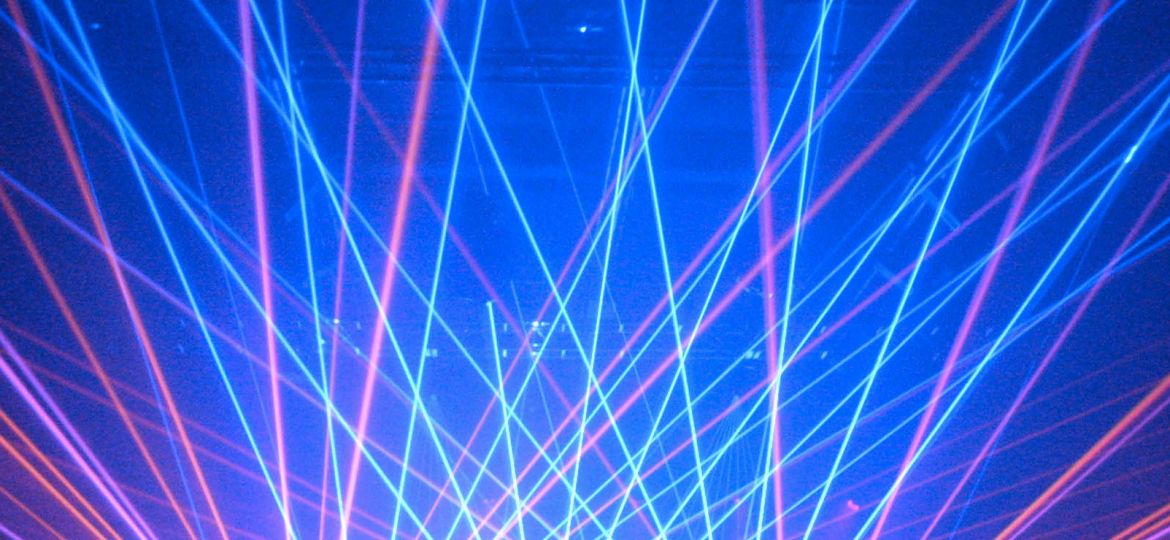
It’s getting harder and harder to hide these days thanks to sensors, such as those from Camero Tech’s line of Xaver tactical radars, that can see through walls and let law enforcement officials and the military detect anyone inside a closed room and their distance from the camera.
Now DARPA wants to go one step further. It’s researching ways of seeing around corners and behind walls, something that’s not possible with today’s conventional line of sight cameras and scopes. Called the Revolutionary Enhancement of Visibility by Exploiting Active Light-fields (REVEAL) program, the idea is to use bouncing photons of light to re-construct a 3D image of a person or object otherwise hidden out of sight – whether that’s round a corner or, well, anywhere.
DARPA has just awarded a $4.4 million grant to researchers at the Morgridge Institute for Research and the University of Wisconsin Madison (UWM) to design a REVEAL camera based on technology originally developed by MIT scientist Andreas Velten and demonstrated in 2012.
Velten’s team used a femtolaser to flash a pulse of light lasting less than a trillionth of a second against a flat, vertical surface. The light then scattered off of that surface, and the bouncing photons interacted with an object – in this case a small poseable mannequin – otherwise hidden from the operator’s view.
A very high speed camera, sitting alongside the laser, then registered the bouncing photons as they returned at slightly different speeds and this time of flight information allowed researchers to tell how far each photon had traveled and what it had bounced against. Ultimately helping them construct a crude 3D image of the hidden mannequin.
“The more times you can bounce this laser light within a scene the more data you can collect,” Velten says.
“Since the first returned light is the strongest, and each proceeding bounce gets weaker and weaker, the sensor has to be sensitive enough to capture just a few photons of light.”
“The information we will get is going to be noisy and the shapes will be fuzzy so the visualization part of this will be huge,” he said.
If successful the technology, which today takes up the same amount of space as a kitchen table could eventually be used to test the safety of jet engines while they are running, to see hidden spaces in shipwrecks, even to probe the dimensions of caves on the moon. It could also lead to breakthroughs in medical imaging, search and rescue missions, navigation and national security.
DARPA’s grant will support research for four years – two for investigating the technology’s full potential and two more for developing a viable REVEAL camera.
















